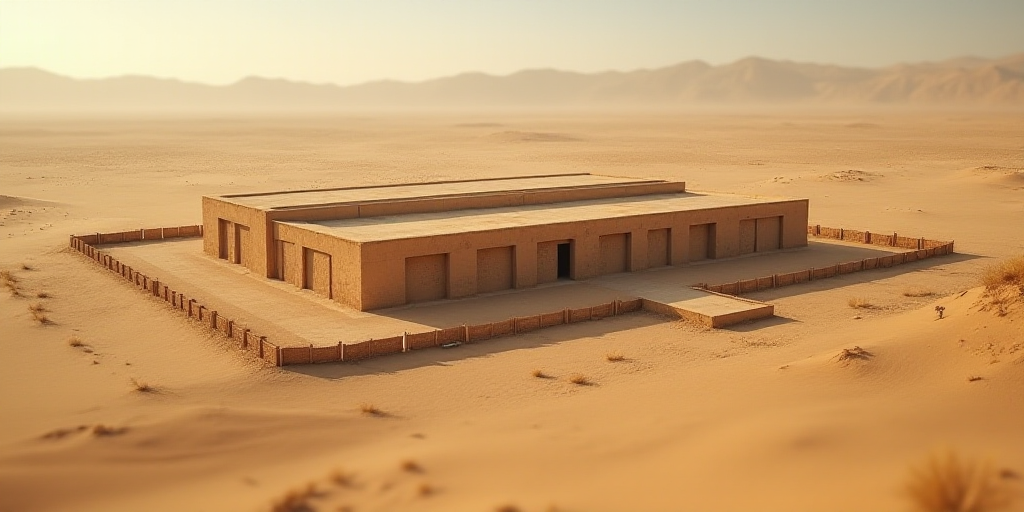Introduction to the Archaeological Site
Peru has recently unveiled an extraordinary archaeological treasure: the 3,800-year-old prehistoric city of Peñico. This significant discovery is believed to have connected the coast, mountains, and Amazon rainforest during its peak.
The Significance of Peñico
Peñico is a prehistoric settlement that flourished between 1800 and 1500 B.C., revealing temples, sculptures, and ceremonial objects within its well-preserved structures. The site’s importance lies in its potential to shed light on the complex social and cultural networks of ancient Peru.
Who is Peñico and Why is it Relevant?
Peñico is an ancient prehistoric city located in the Central Coast of Peru. It is one of many significant archaeological sites that contribute to understanding the development of early civilizations in the region. The newly discovered aspects of Peñico provide valuable insights into the advanced urban planning, religious practices, and trade connections of these ancient societies.
Impact on Our Understanding of Ancient Peru
The Peñico discovery enriches our knowledge of the Supe civilization, one of the earliest known complex societies in South America. By studying this site, researchers can better comprehend the social, economic, and political dynamics that shaped ancient Peru. Moreover, Peñico’s strategic location and well-preserved structures offer a glimpse into the sophisticated urban planning skills of these early civilizations.
The Archaeological Findings
- Temples: The archaeological team uncovered several temples, which likely served as religious and ceremonial centers for the inhabitants of Peñico.
- Sculptures: Various sculptures were found, possibly depicting important figures or deities in the belief system of the ancient people.
- Ceremonial Objects: A range of ceremonial objects, including pottery and tools, were discovered, offering insights into the rituals and practices of the prehistoric society.
Peñico’s Integration into Tourism
The newly discovered aspects of Peñico have been added to the tourist circuit that includes the nearby archaeological site of Caral, further emphasizing Peru’s rich prehistoric heritage.
Benefits of Including Peñico in Tourism
- Economic Growth: The inclusion of Peñico in the tourist circuit can stimulate local economies and create job opportunities for the surrounding communities.
- Cultural Preservation: By promoting these archaeological sites, Peru can raise awareness about the importance of preserving its cultural heritage for future generations.
- Educational Opportunities: Tourists visiting Peñico can learn about ancient Peruvian civilizations, fostering a greater appreciation for the region’s history and cultural diversity.
Key Questions and Answers
- What is Peñico? Peñico is a 3,800-year-old prehistoric city located in the Central Coast of Peru, believed to have connected different regions of ancient Peru through trade and cultural exchange.
- Why is Peñico significant? The discovery of Peñico provides valuable insights into the urban planning, religious practices, and trade connections of early civilizations in Peru.
- What was found at Peñico? Temples, sculptures, and ceremonial objects were uncovered at the site, offering a glimpse into the sophisticated culture of the ancient inhabitants.
- How does Peñico fit into Peru’s tourism? Peñico has been integrated into the tourist circuit alongside other significant archaeological sites like Caral, promoting Peru’s rich prehistoric heritage and fostering economic growth in local communities.






